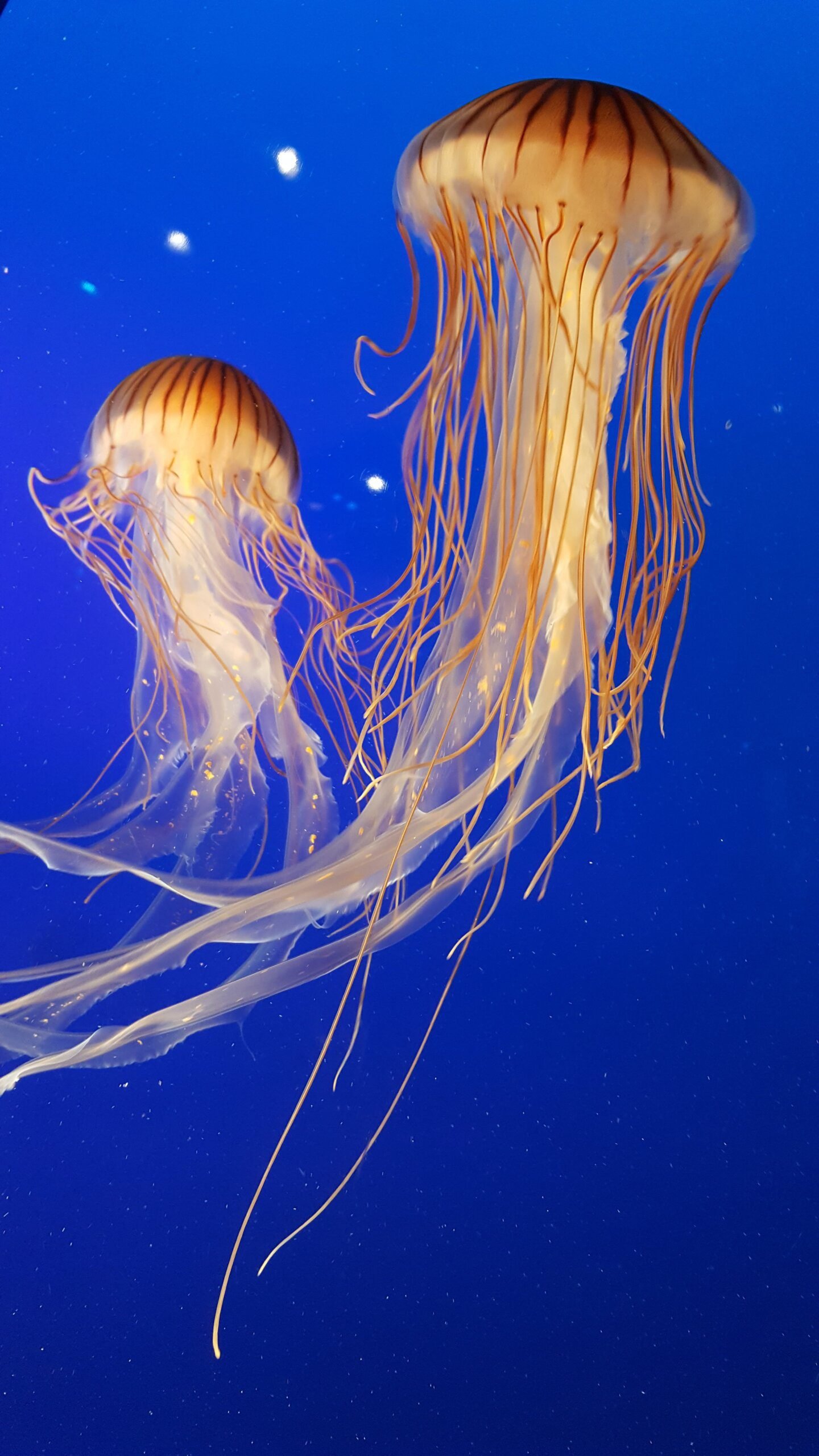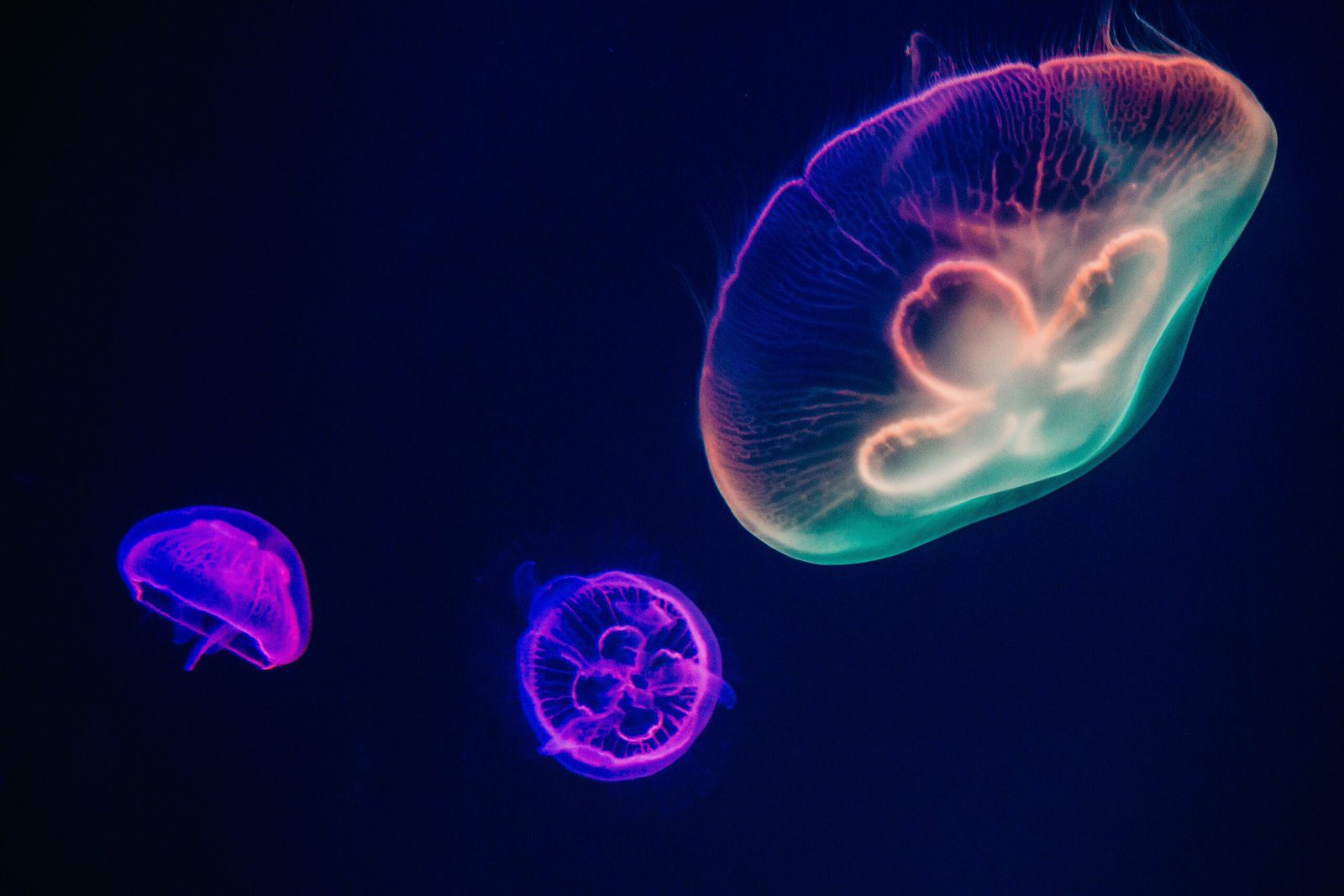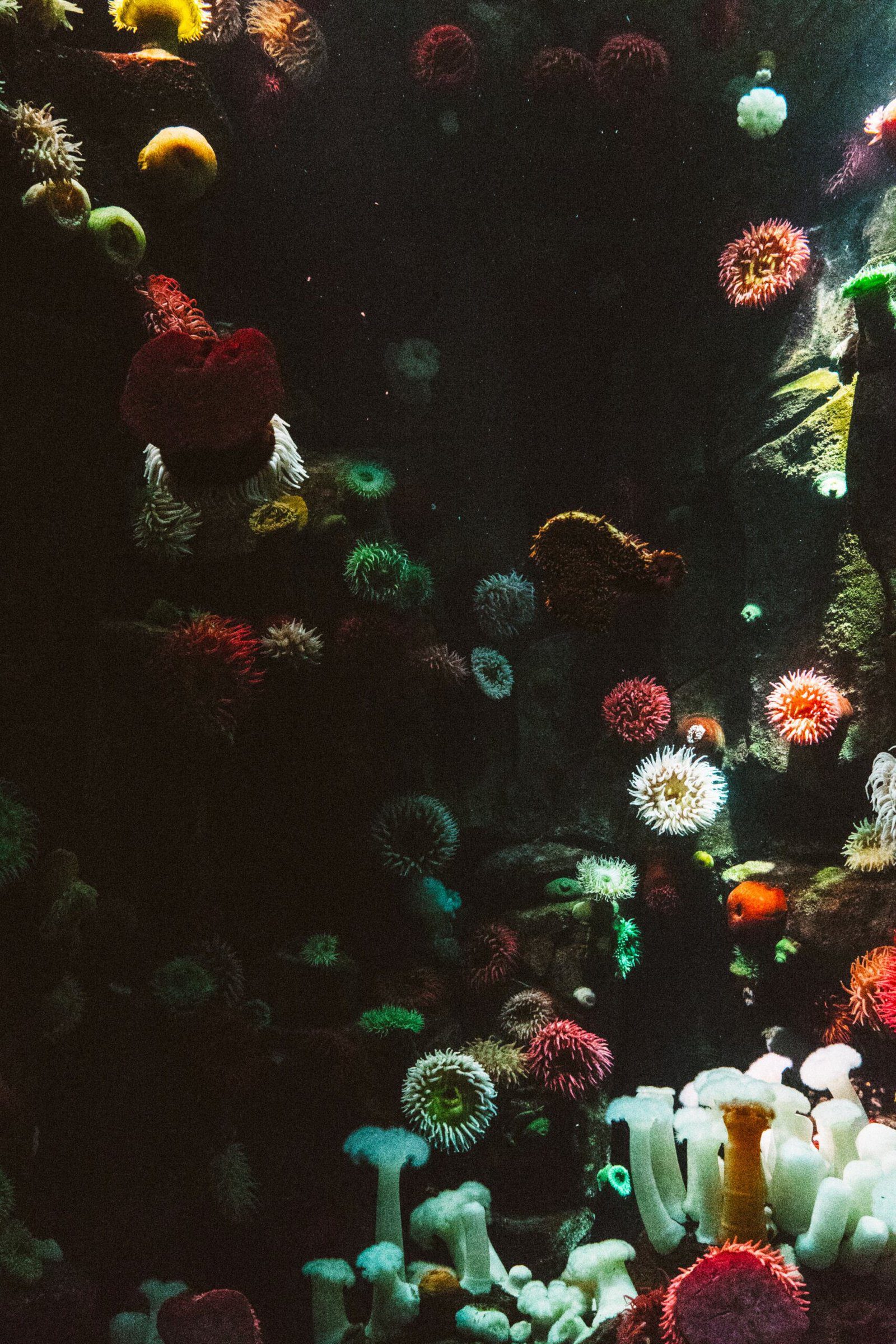Table of Contents
Imagine being able to hold your breath for an impressive amount of time and effortlessly glide through the depths of water. Well, believe it or not, capybaras, the world’s largest rodents, possess such extraordinary underwater abilities. These fascinating creatures can stay submerged for up to five minutes at a time, gracefully navigating through rivers and lakes with ease. In this article, we will explore the secret behind the capybara’s incredible aquatic prowess and unravel the marvels that make these animals truly exceptional in their watery world. So, get ready to dive into the captivating world of capybaras and witness their amazing underwater feats firsthand.

Physical Adaptations of Capybaras for Underwater Abilities
Capybaras, the largest rodents in the world, possess numerous physical adaptations that enable them to excel in their underwater abilities. First and foremost, they have webbed feet that aid in propulsion and enhance their swimming capabilities. The webbing between their toes provides a larger surface area to push against the water, allowing them to navigate through aquatic environments with ease. This adaptation enables capybaras to move both swiftly and gracefully underwater.
In addition to their webbed feet, capybaras have uniquely adapted noses and ears that play a crucial role in their underwater survival. Their nostrils and ears are positioned high on their heads, allowing them to remain partially submerged while still being able to breathe and hear. This adaptation enables capybaras to effectively balance their need for oxygen with their desire to explore the underwater world.
Nose and Ears
The capybara’s nostrils and ears are specifically designed to prevent water from entering, even while fully submerged. Their nostrils can seal shut, preventing water from entering their nasal passages, while their ears have protective flaps that close tightly when underwater. This remarkable adaptation allows capybaras to dive and explore underwater environments without the fear of getting waterlogged or impairing their crucial senses.
Eyes
Capybaras also possess unique eye adaptations that contribute to their underwater abilities. Their eyes are positioned high on their heads, allowing them to remain partially submerged while still maintaining a clear line of sight. This positioning is essential for their survival as it enables them to keep a lookout for predators, locate food sources, and navigate through the water with precision. Additionally, capybaras have a transparent protective membrane that covers their eyes while submerged, acting as a shield against debris and potentially harmful substances in the water.
Tail
The capybara’s tail serves various functions, including aiding in their underwater movements. While swimming, capybaras use their muscular tails to provide balance and stability, allowing them to change directions swiftly and effortlessly. The tail acts as a rudder, enabling capybaras to navigate through various water conditions with precision and agility. This adaptation is particularly useful when avoiding predators or maneuvering through dense vegetation.

Swimming Techniques Used by Capybaras
Capybaras employ several swimming techniques to maximize their efficiency and maneuverability while exploring their aquatic habitats. One of the most notable techniques is their paddle-like motion. Capybaras use their powerful limbs and webbed feet to propel themselves through the water with a smooth and rhythmic action, resembling a paddling motion. This technique allows them to maintain a constant forward momentum and swiftly navigate through shallow and deep waters alike.
Moreover, capybaras utilize their buoyancy to their advantage while swimming. The capybara’s body composition, with a higher proportion of muscle to fat, contributes to its natural buoyancy. This buoyant nature helps capybaras stay afloat effortlessly, reducing the energy expended during swimming and allowing them to conserve their energy for other vital activities, such as foraging or escaping potential predators.
Buoyancy
Capybaras can effortlessly float or tread water for extended periods due to their buoyant bodies. Their buoyancy also enables them to rest and observe their surroundings while partially submerged, providing them with the opportunity to monitor potential threats or food sources without expending excessive energy. This adaptation is especially important for their survival, as it grants capybaras the ability to remain alert and react swiftly to any dangers that may arise in their aquatic environment.
Furthermore, capybaras display impressive navigational skills while underwater. They are adept at identifying submerged obstacles, such as rocks or fallen vegetation, and maneuvering around them smoothly. This ability showcases their remarkable spatial awareness and demonstrates their capability to adapt to changing underwater landscapes.

Duration and Depth of Capybaras’ Underwater Stay
Capybaras are well-adapted for extended periods of submergence, allowing them to explore their underwater habitat for prolonged periods. While the exact duration varies depending on the individual and environmental factors, capybaras can typically stay submerged anywhere from several seconds to five minutes. This remarkable breath-holding ability is facilitated by their efficient use of oxygen and their ability to slow their heart rate, conserving oxygen and extending their underwater stay.
Length of Submergence
Capybaras are capable of submerging for impressive lengths of time, allowing them to forage for their preferred aquatic vegetation or evade lurking predators. While submerged, they can efficiently maneuver through water, grazing on submerged vegetation beds with precision and speed. This ability to stay submerged for extended periods allows capybaras to thrive in their watery habitat and take full advantage of available resources.
Breathing Frequency
To sustain their underwater adventures, capybaras adapt their breathing frequency to match their movements. When actively swimming or diving, they tend to regulate their breathing patterns by taking quick and shallow breaths before submerging. This preparation ensures they have an adequate oxygen supply for their underwater activities. Upon resurfacing, capybaras immediately take deep breaths to replenish their oxygen levels before potentially diving again.
Maximum Depth
Capybaras are impressive divers, capable of reaching considerable depths during their underwater excursions. While the maximum depth capybaras can reach is not definitively known, observations suggest that they can exceed depths of 5-6 feet (1.5-1.8 meters) while foraging or escaping predation. Their physical adaptations, including their webbed feet and strong swimming ability, contribute to their ability to navigate and thrive at these depths.
Impact of Underwater Abilities on Capybaras’ Survival
Capybaras’ incredible underwater abilities have significant implications for their survival in their natural habitat. These adaptations enhance their ability to evade predators, access food sources, and regulate their body temperature in aquatic environments.
Predator Evasion
The capybara’s underwater abilities serve as a crucial defense mechanism against their natural predators. By diving into the water and utilizing their underwater adaptations, capybaras can escape potential threats from land-dwelling predators. They can remain partially submerged, relying on their exceptional camouflage and ability to stay hidden to avoid detection. This underwater evasion method provides capybaras with a distinct advantage and increases their chances of survival in the face of predation.
Foraging Opportunities
Capybaras rely heavily on aquatic vegetation as a primary food source. Their underwater abilities allow them to efficiently access and consume submerged plants, such as water hyacinths and water lettuce. Capybaras can expertly navigate through dense underwater vegetation and utilize their filtration mechanism to extract essential nutrients from their preferred food sources. This adaptation enables capybaras to sustain themselves while residing in watery habitats that offer an abundance of their preferred food items.
Thermoregulation
Capybaras’ ability to immerse themselves in water provides them with a unique mechanism for thermoregulation. In hot weather, capybaras can seek relief by submerging themselves or partially dipping in water bodies to cool down. The water helps dissipate excess heat from their bodies and regulates their internal temperature, preventing overheating. Conversely, in colder temperatures, capybaras can utilize their underwater abilities to escape the chilling air and retain body heat, aiding in their overall thermoregulation.
Capybara Underwater Communication
While capybaras are known for their vocalizations, they also employ a variety of communication methods specifically tailored for their underwater environment. These non-vocal forms of communication include postures, gestures, and chemical signals, each serving distinct purposes in their social interactions.
Vocalizations
Although underwater vocalizations are limited due to the ineffective transmission of sound waves, capybaras can produce soft, high-pitched calls that can be detected underwater to some extent. These vocalizations, often referred to as whistles or chirps, serve as communication signals between individuals during underwater interactions. While the specific meanings of these vocalizations are not fully understood, they likely play a role in maintaining group cohesion, expressing basic emotions, or signaling potential danger.
Postures and Gestures
Capybaras also employ visual cues and body language while underwater to convey messages to other individuals. Specific postures and gestures, such as head bobbing, body rotations, or tail movements, are observed during underwater social interactions. These non-verbal signals help capybaras establish dominance, show submission, or initiate playful behavior, providing a means for effective communication within their social groups.
Chemical Signals
Capybaras possess specialized scent glands that secrete chemical signals, known as pheromones, which play a vital role in their communication underwater. These chemical signals are used to convey important information, such as reproductive status, territorial boundaries, and social hierarchy, to other capybaras in their vicinity. By detecting and interpreting these chemical cues, capybaras can establish social bonds, form cohesive groups, and navigate the intricacies of their underwater social structure.
Underwater Feeding Behavior of Capybaras
Feeding behavior plays a crucial role in capybara ecology, and their underwater abilities greatly influence their dietary habits and feeding strategies. Capybaras showcase remarkable adaptations that enable them to exploit available food resources in their aquatic habitats while efficiently utilizing their unique filtration mechanism.
Aquatic Vegetation Consumption
Capybaras are predominantly herbivorous, with a diet primarily consisting of aquatic vegetation. They have a diverse palate and consume various submerged plants, including grasses, sedges, and water-loving plants. Capybaras adeptly graze on underwater vegetation beds, utilizing their sharp and chisel-like incisors to efficiently cut through tough plant material. Their ability to stay submerged for extended periods allows them to reach and consume abundant vegetation sources, fulfilling their dietary requirements.
Filtration Mechanism
One of the most fascinating adaptations of capybaras is their efficient filtration mechanism. When consuming aquatic vegetation, capybaras utilize their specialized cheek teeth, known as hypsodont molars, to grind and chew the fibrous plant material. During this process, they skillfully filter out excess water, allowing them to ingest and digest nutrient-rich plant matter effectively. This filtration mechanism is critical in providing capybaras with optimal nutrition while minimizing the ingestion of excess water that could compromise their well-being.
Strategies for Efficient Feeding
Capybaras employ several strategies to maximize their feeding efficiency and optimize their underwater foraging. They often follow established feeding routes or paths, regularly revisiting areas with abundant vegetation. This strategic approach minimizes the energy expended in searching for new food sources and ensures a constant supply of nutrition. Capybaras also exhibit a cooperative feeding behavior, where individuals within a group feed together, increasing their efficiency and protection against potential predators.
Social Behavior of Capybaras Underwater
Capybaras are highly social animals, and their underwater abilities greatly influence their social dynamics, play behavior, and parental care within their aquatic habitat.
Group Dynamics
Capybaras are typically gregarious and form large groups, often consisting of several females, a dominant male, and their offspring. Within these social groups, underwater interactions play a significant role in reinforcing social bonds, establishing hierarchy, and ensuring group cohesion. Underwater, capybaras engage in synchronized swimming, grooming, and other physical contacts, fostering social connections and reinforcing the social structure within their community.
Play Behavior
Capybaras exhibit playful behavior both on land and underwater. They engage in various underwater activities that resemble play, including chasing, wrestling, and splashing. Play behavior not only provides individuals with social and physical stimulation but also contributes to the development of vital skills necessary for their survival. Underwater play enables capybara young to practice their swimming techniques, refine their motor skills, and learn to interact effectively with their peers.
Parental Care
Capybaras exhibit remarkable parental care, and their underwater abilities play a crucial role in ensuring the well-being and survival of their offspring. Adult capybaras often form nursery groups, where multiple females and their young congregate. Underwater, mothers guide their young by encouraging them to follow and imitate their swimming movements. This underwater guidance helps strengthen the bond between the mother and her offspring, promotes their swimming skills, and enhances their overall chances of survival in their aquatic environment.
Capybaras’ Underwater Reproduction
Capybaras’ underwater abilities also play a vital role in their reproductive behaviors and the successful propagation of their species.
Mating Rituals
Capybara mating rituals often involve underwater interactions between males and receptive females. Males will initiate courtship by approaching females, emitting soft vocalizations, and engaging in synchronized swimming behaviors. These underwater displays serve to attract a mate, assess potential partners’ suitability, and establish a reproductive bond between individuals. Underwater movements and gestures, such as following or nuzzling, play a significant role in the mating ritual, allowing capybaras to communicate their intentions and initiate the mating process.
Gestation and Birth
After successful mating, female capybaras will undergo a gestation period that lasts approximately 130-150 days. As the time for birth approaches, capybaras often seek out calm, shallow waters for delivery. The female will partially submerge herself during the birthing process, using the water as a protective barrier against potential predators. The newborn capybara, known as a pup, will emerge underwater and instinctively swim to the surface for its first breath before joining its mother on land. This underwater birth and subsequent underwater movements of the pup demonstrate the essential role of capybaras’ underwater abilities in their reproductive cycle.
Young Capybaras’ Adaptations
From birth, capybara pups display remarkable adaptations that contribute to their survival and enable them to adapt to their aquatic environment. Pups are born with a dense, thick coat that provides insulation underwater, helping regulate their body temperature in the water. They possess an instinctive ability to swim from birth and exhibit natural buoyancy, allowing them to navigate water bodies independently. These adaptations, along with their mothers’ guidance, enable young capybaras to develop their underwater skills and integrate into their social group under the water’s surface.
Capybaras’ Habitat Preferences for Underwater Activities
Capybaras’ underwater abilities influence their choice of habitat and their ecological interactions within these aquatic environments. They require specific factors to ensure their underwater activities are sustainable and allow them to thrive.
Water Availability
Capybaras are dependent on water bodies, such as rivers, ponds, marshes, and swamps, for their survival. Adequate access to fresh water is crucial for capybaras to sustain their underwater activities, including foraging, hydration, thermoregulation, and social interactions. Their ideal habitat offers a network of water sources that provide both shallow and deep areas for a range of underwater behaviors, facilitating their diverse needs and ensuring their overall well-being.
Vegetation Cover
Capybaras’ habitat preferences include areas with abundant aquatic vegetation. These vegetation beds serve as critical foraging grounds, where capybaras find a diverse range of nutritious plants. The presence of dense vegetation cover also offers capybaras protection from potential predators and provides suitable areas for resting and socializing. A habitat with an adequate supply of submerged vegetation allows capybaras to maximize their underwater feeding efficiency and maintain a balanced diet.
Water Quality
The quality of the water in capybara habitats is essential for their overall health and well-being. Capybaras prefer clear and clean water bodies as it facilitates their visual acuity while underwater and allows for the detection of potential threats or food sources accurately. Additionally, clean water reduces the risk of infections or waterborne diseases, ensuring that capybaras can safely sustain their underwater movements without compromising their health.
Conservation Considerations for Capybaras’ Underwater Abilities
Understanding and valuing capybaras’ remarkable underwater abilities is vital for their conservation and preservation. Several factors need to be considered to ensure the long-term survival of capybaras and their unique adaptations.
Habitat Preservation
Protecting and preserving capybaras’ natural habitats is crucial for their continued access to suitable aquatic environments. Conservation efforts should focus on preserving water bodies, including rivers, wetlands, and marshes, that serve as important habitats for capybaras. This involves implementing measures to reduce pollution, prevent habitat destruction, and manage water resources sustainably. By safeguarding their habitats, we can ensure the availability of safe and suitable environments for capybaras to thrive and carry out their extraordinary underwater activities.
Threats
Capybaras face various threats that can impact their underwater abilities and overall survival. Habitat loss and degradation due to human activities, including deforestation and urbanization, pose significant risks to capybara populations. Pollution of water bodies through industrial waste or chemical runoff can also harm capybaras and compromise the quality of their aquatic environments. Additionally, increased human-wildlife conflict, hunting, and the illegal pet trade further endanger capybaras. These threats must be addressed through effective conservation strategies to protect capybaras’ underwater abilities and preserve their populations.
Conservation Efforts
Conservation efforts focused on capybaras must include education, research, and community engagement. Raising awareness about the importance of capybaras and their unique underwater abilities can garner public support for their conservation. Ongoing research is essential to gain a deeper understanding of capybara ecology, behavior, and the specific challenges they face in their aquatic habitats. Engaging local communities in conservation initiatives can foster a sense of stewardship and promote sustainable practices that safeguard capybaras and their underwater abilities for future generations.
In conclusion, capybaras’ underwater abilities are truly remarkable and fascinating to explore. Their physical adaptations, swimming techniques, and underwater behaviors allow them to thrive in aquatic habitats, evade predators, find food sources, and maintain social structures. By understanding and appreciating the unique adaptations of capybaras, we can work towards their conservation and ensure the preservation of their astounding underwater abilities for generations to come.

